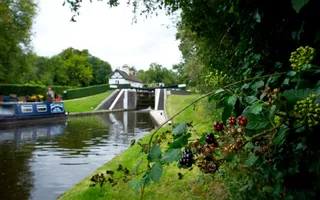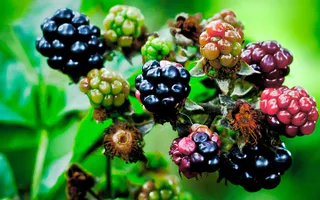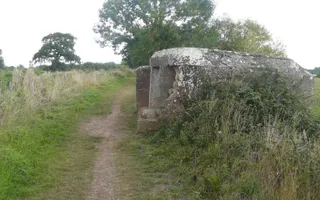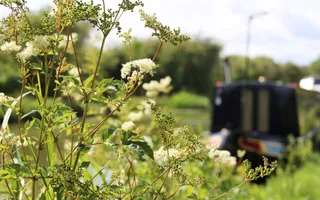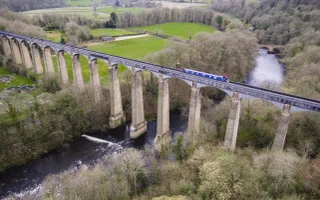Bramble facts
Scientific name: Rubus fruticosus
Family: Rosaceae
Origin: Native
Type: Shrub
Brambles and our canals
Brambles belong to the large and diverse rose family and actually consist of hundreds of species – among them are raspberries and dewberries. However, when we think of brambles, we usually think of the blackberry bush, Rubus fruticosus.
Brambles are a vital food source and shelter for wildlife. The flowers provide all-important nectar for honey bees and bumblebees, as well as other pollinators. Caterpillars and grazing animals munch on the leaves. Mammals (including us) and birds eat the delicious berries.


